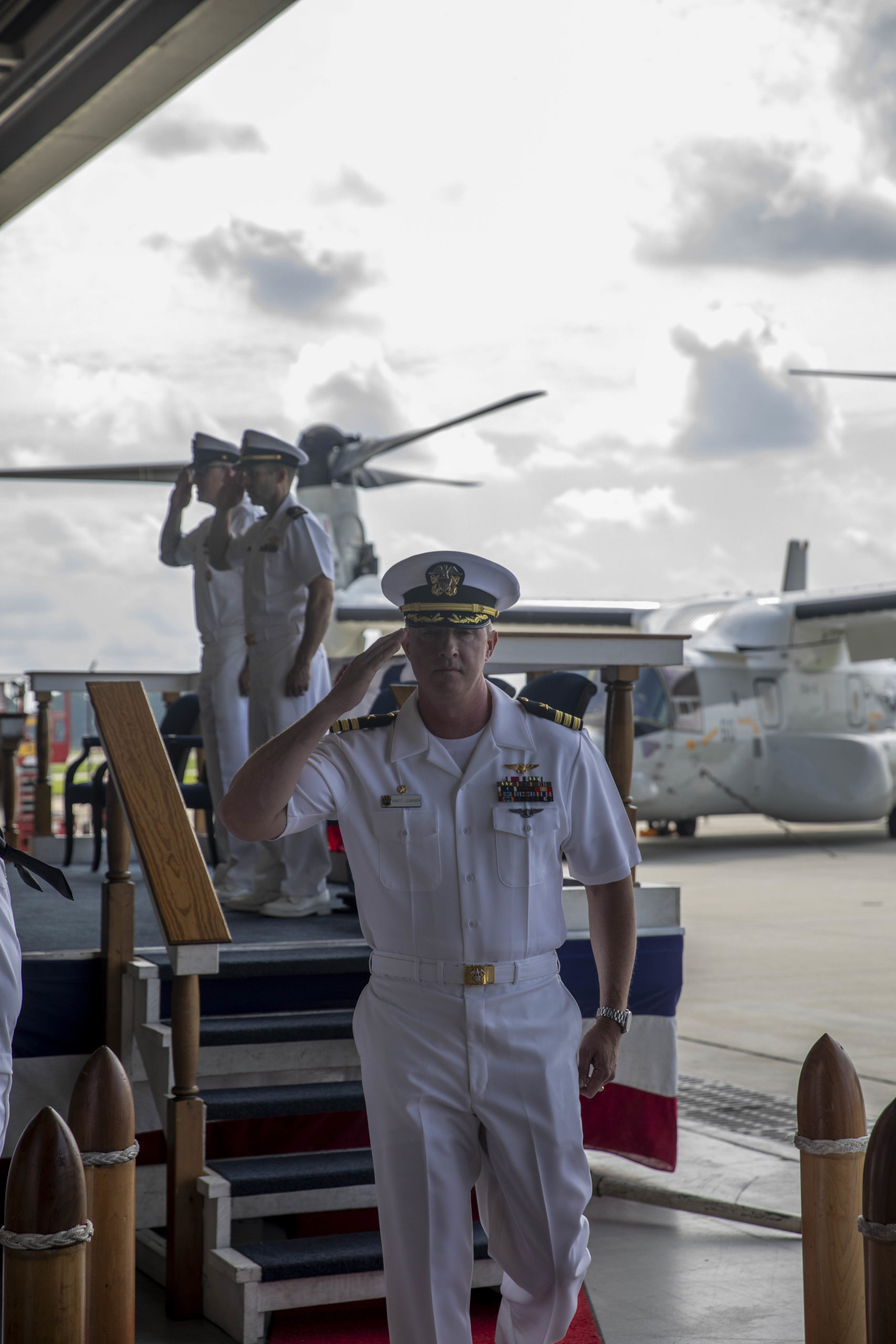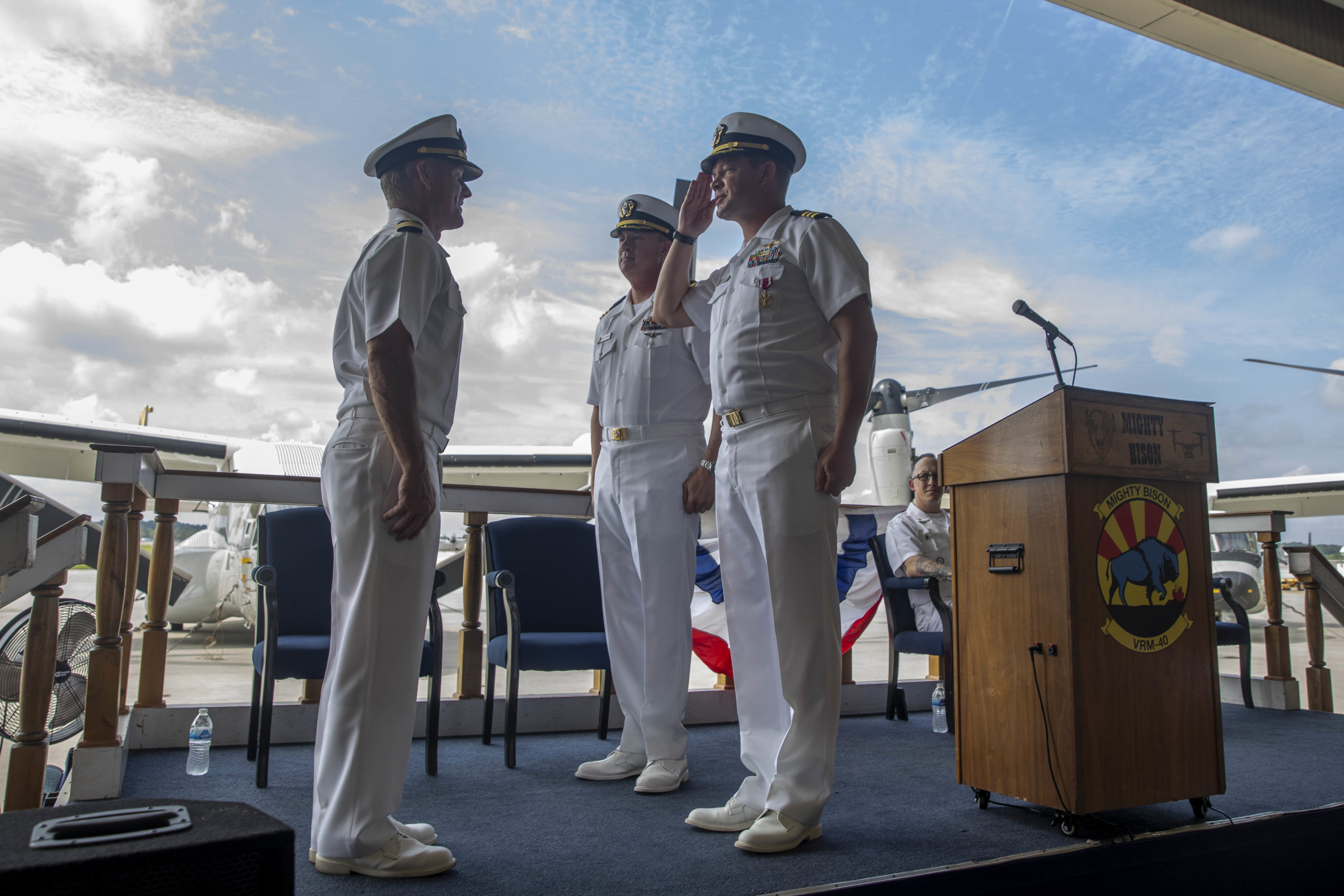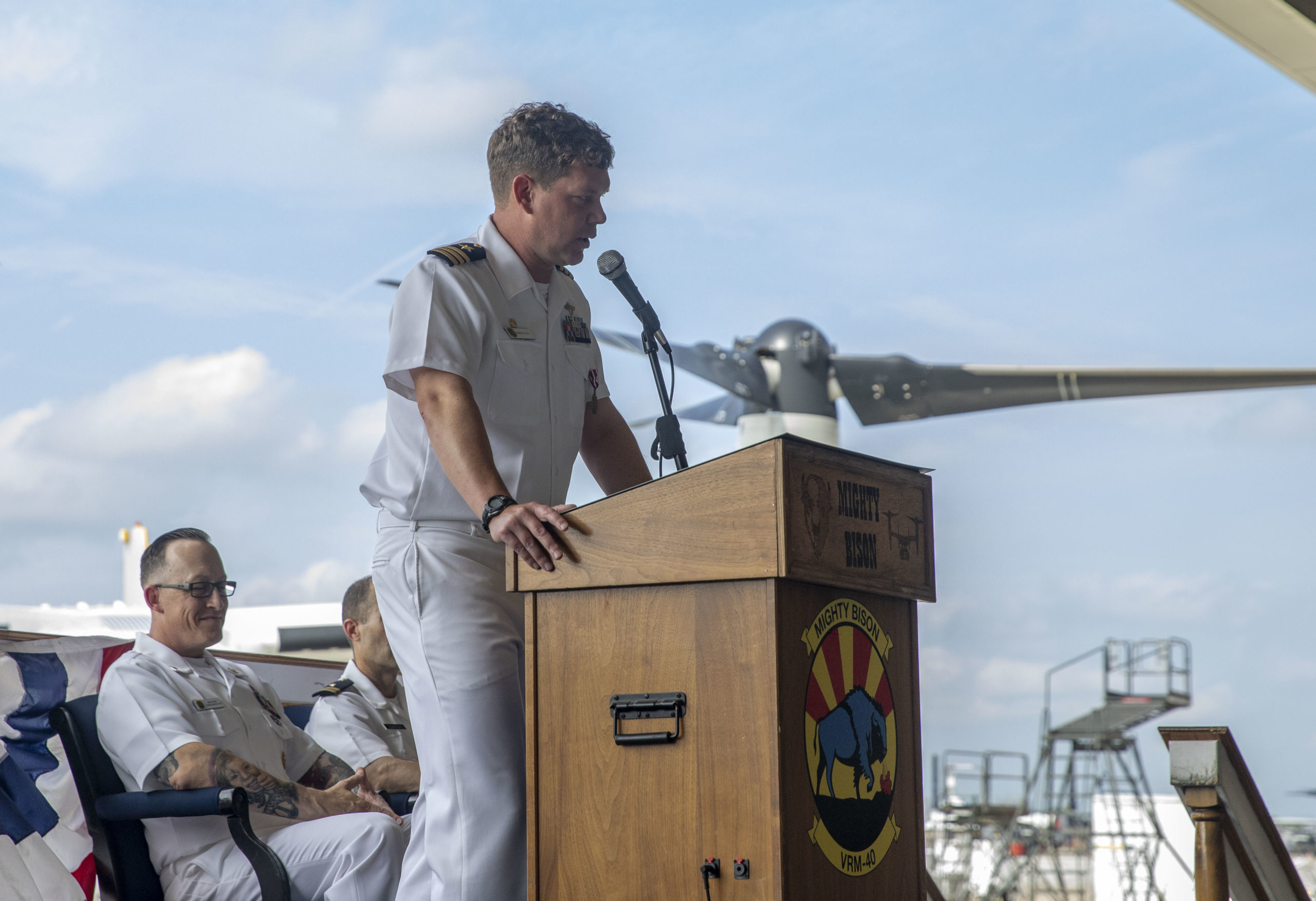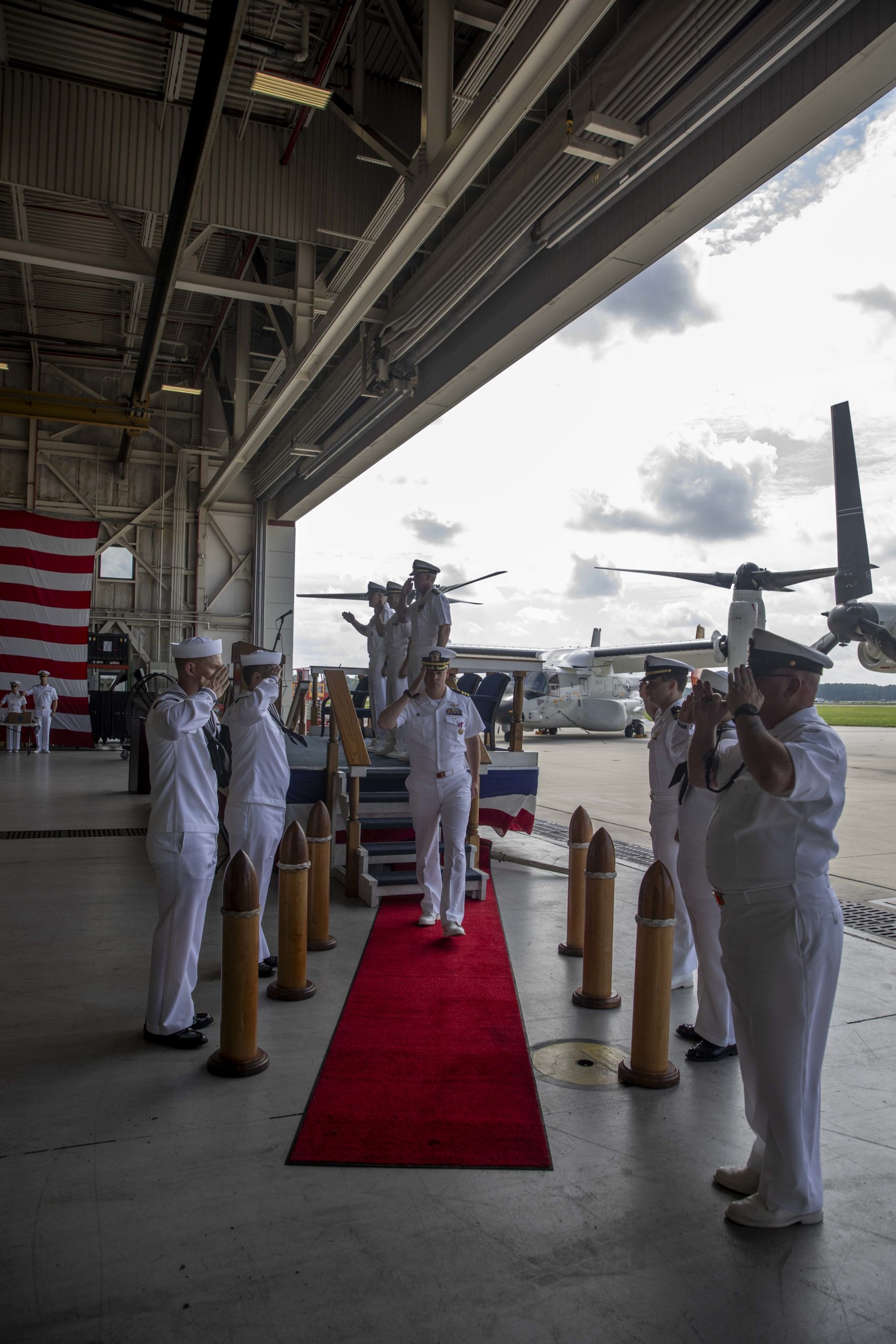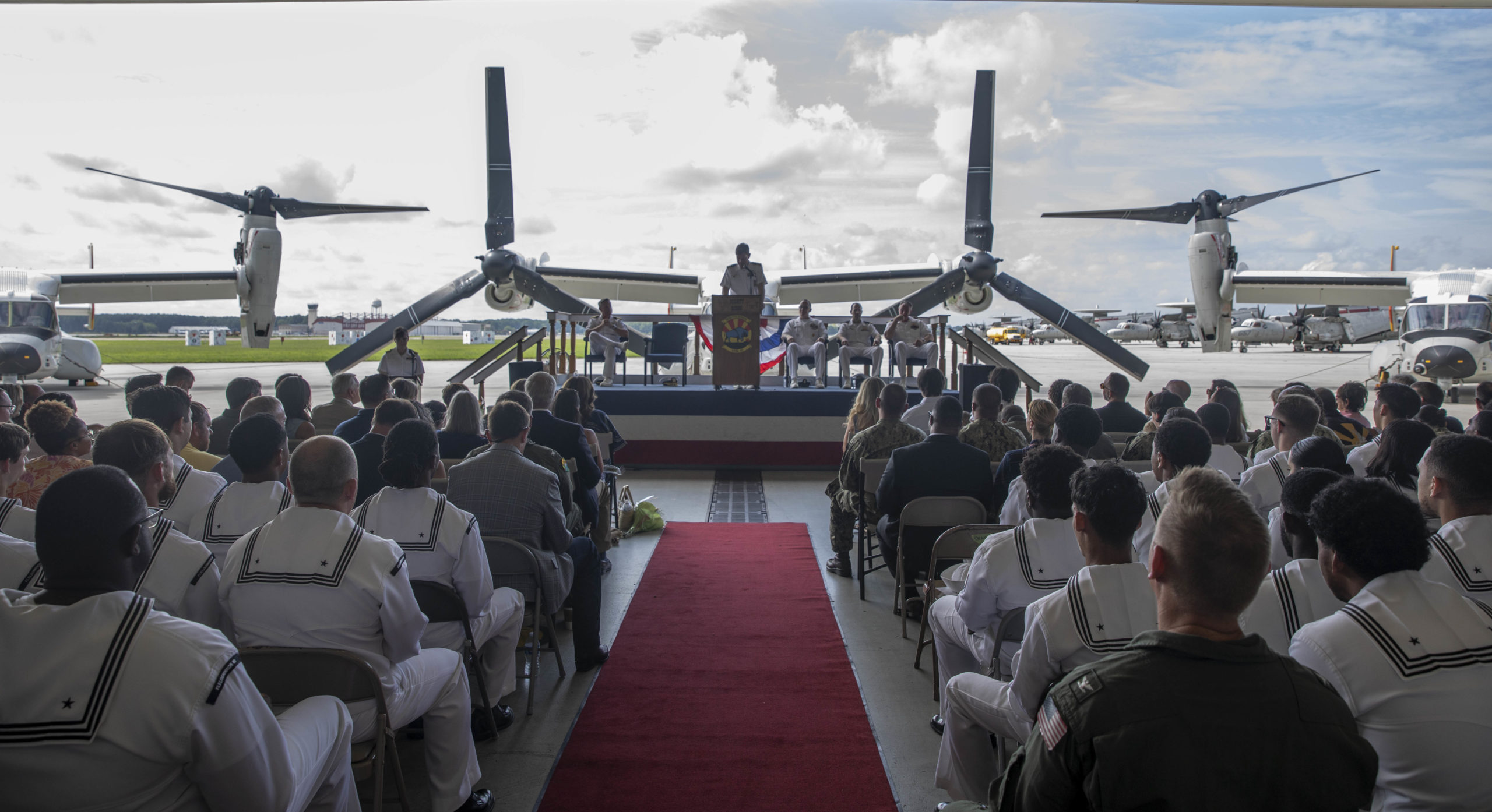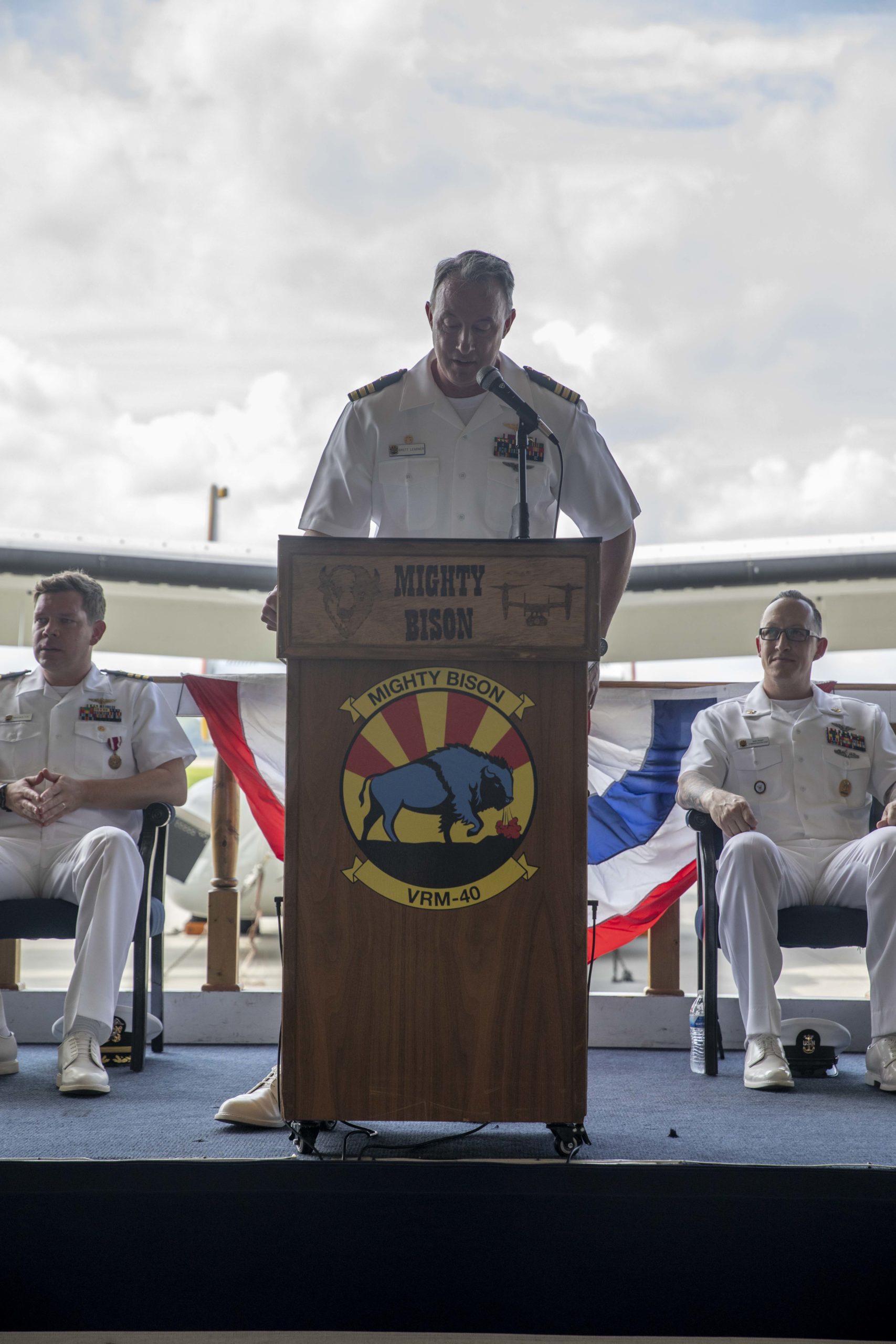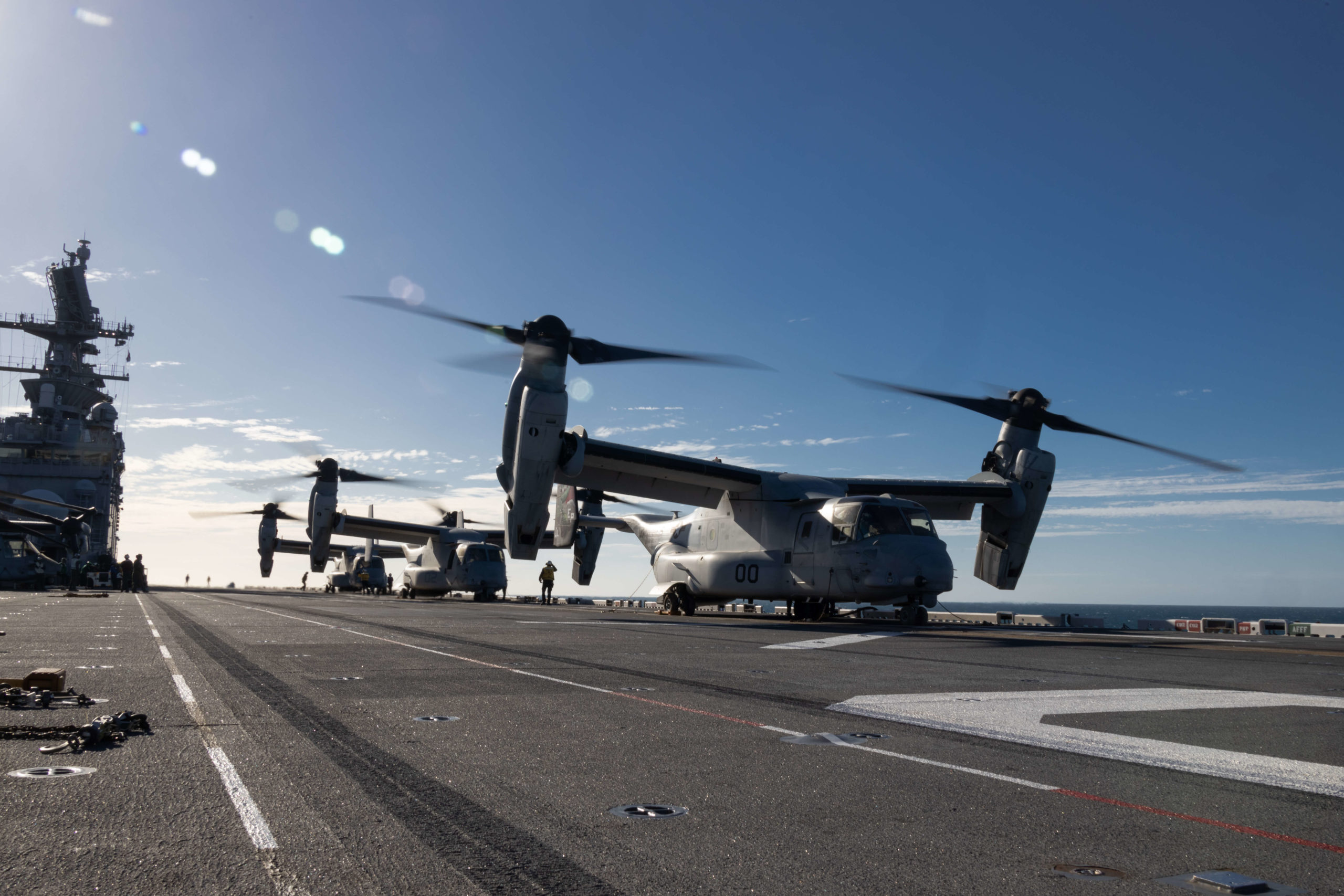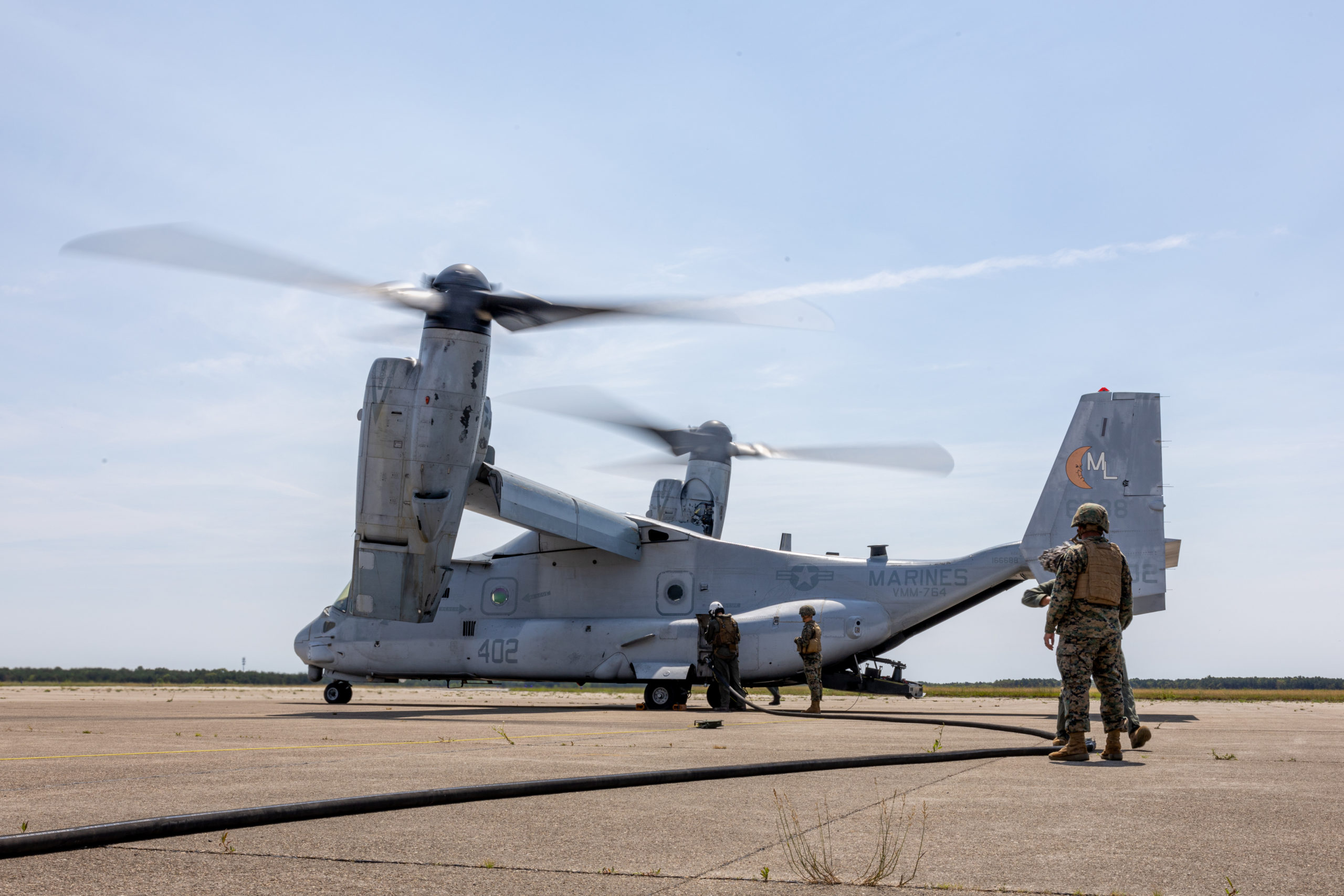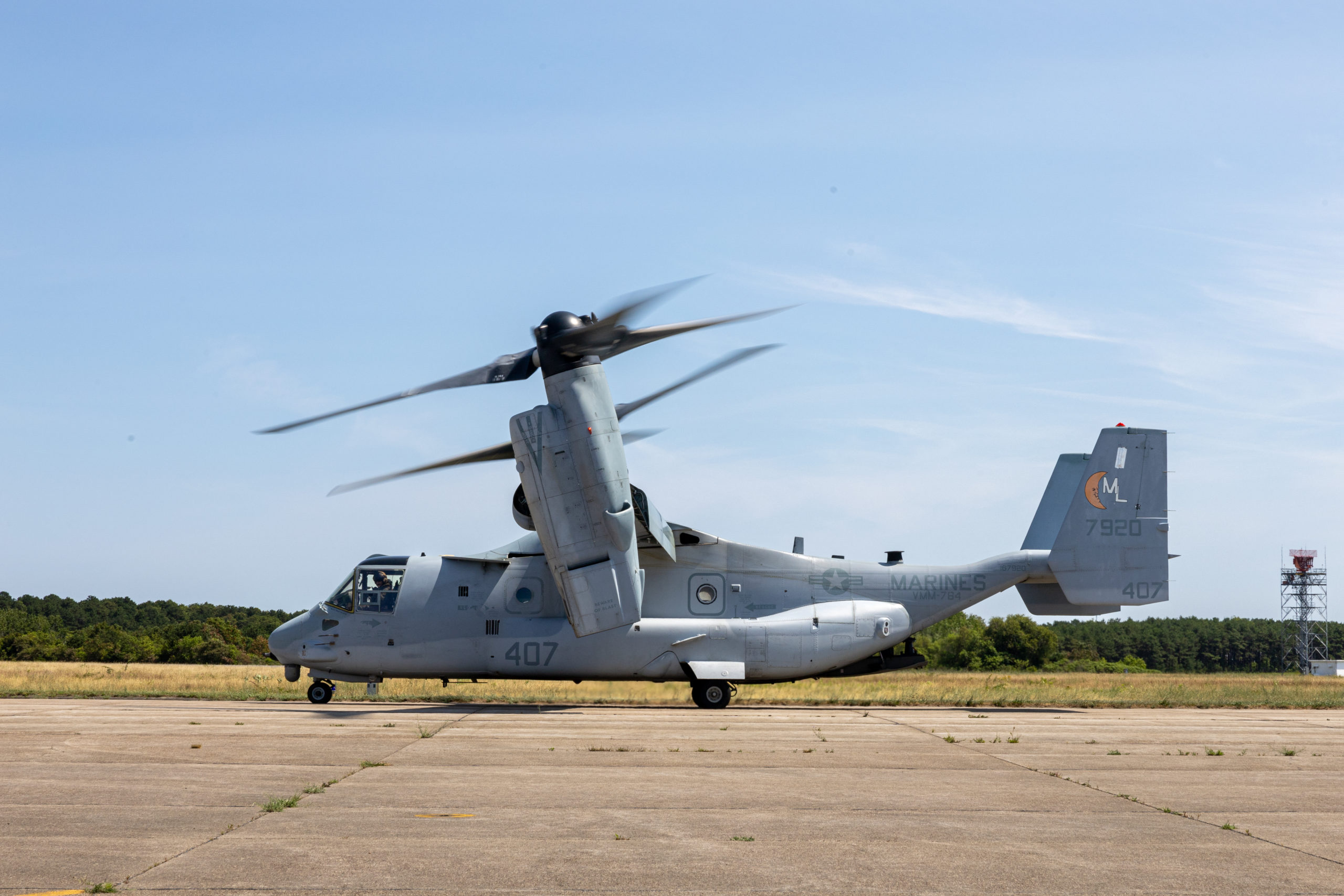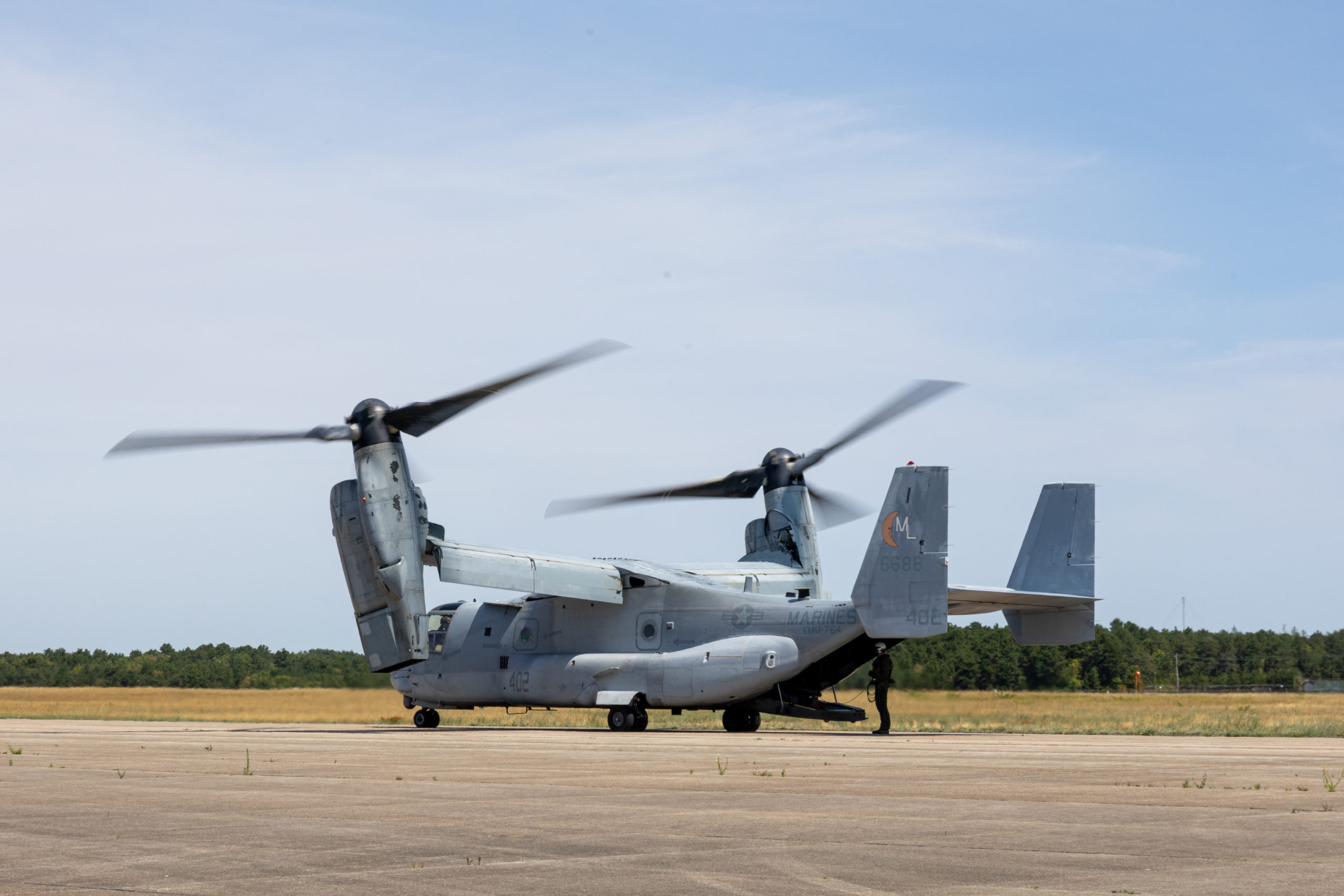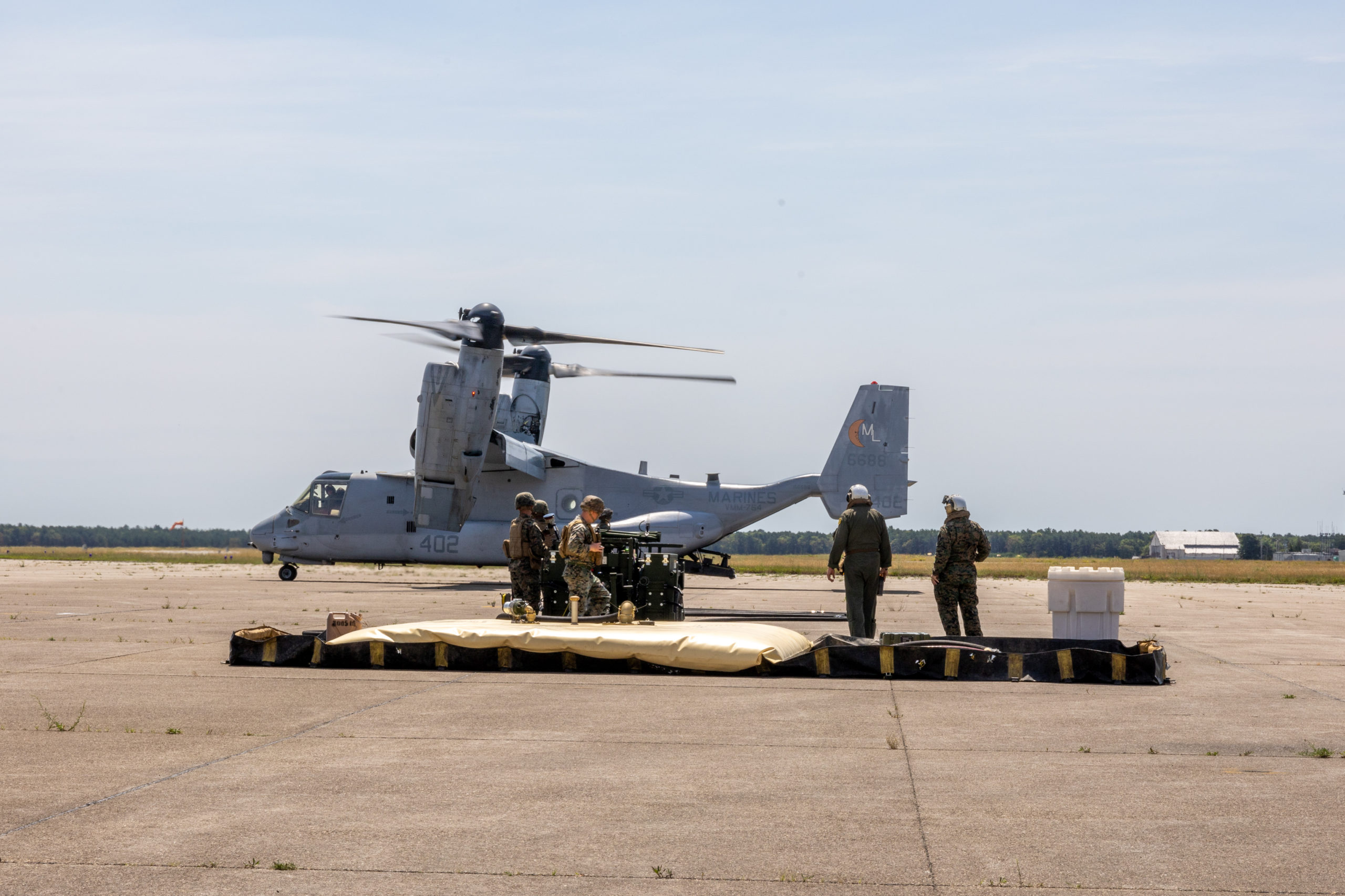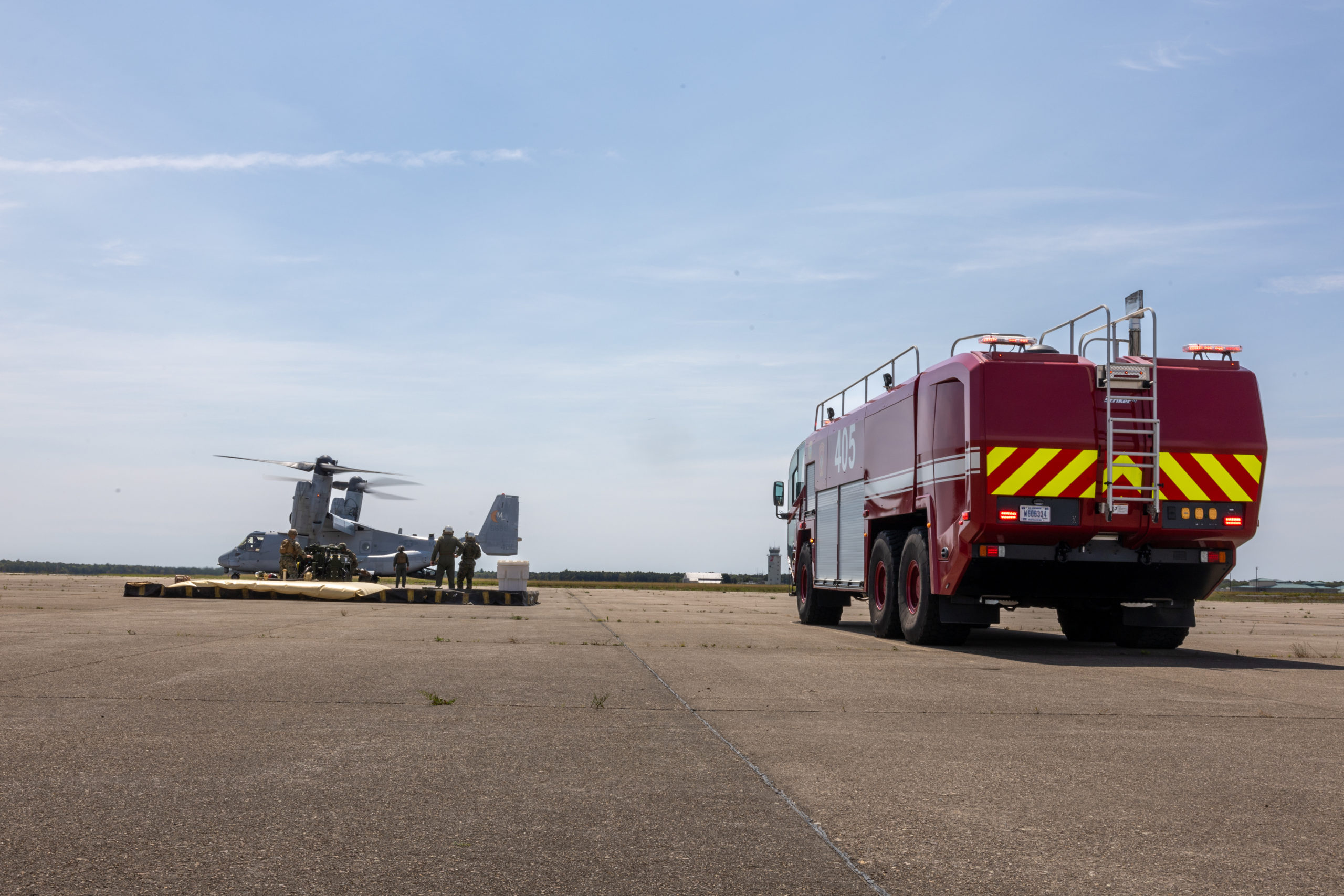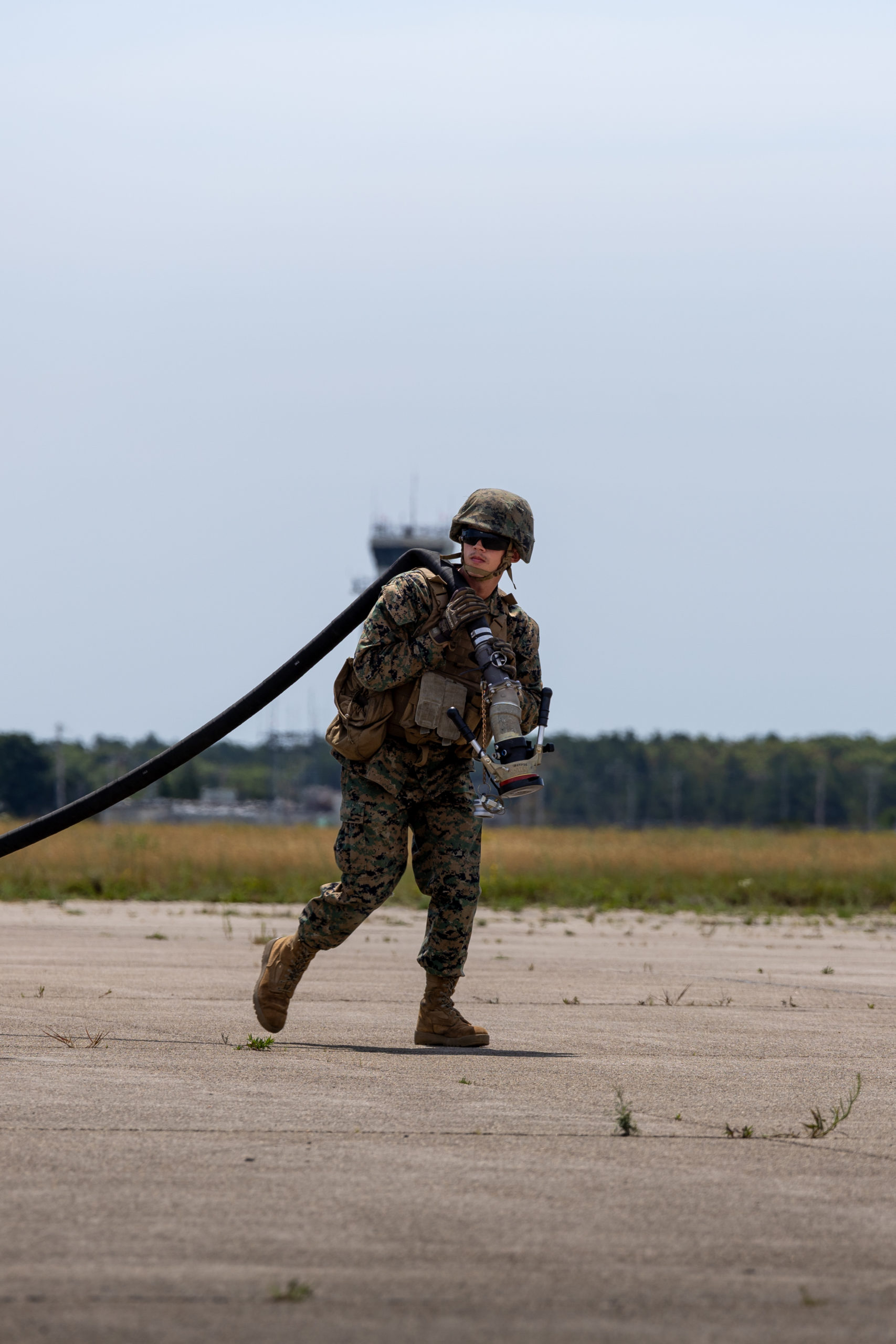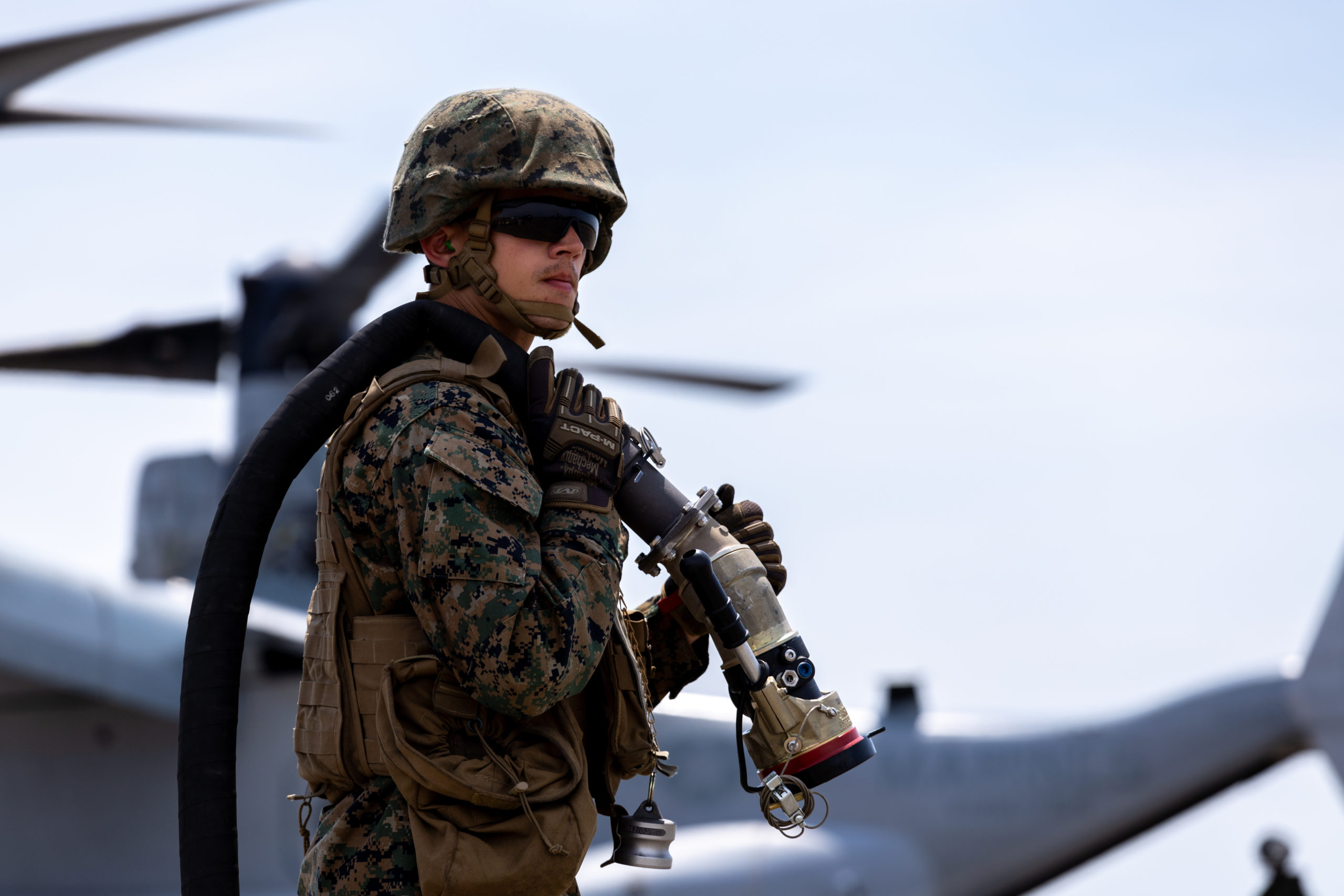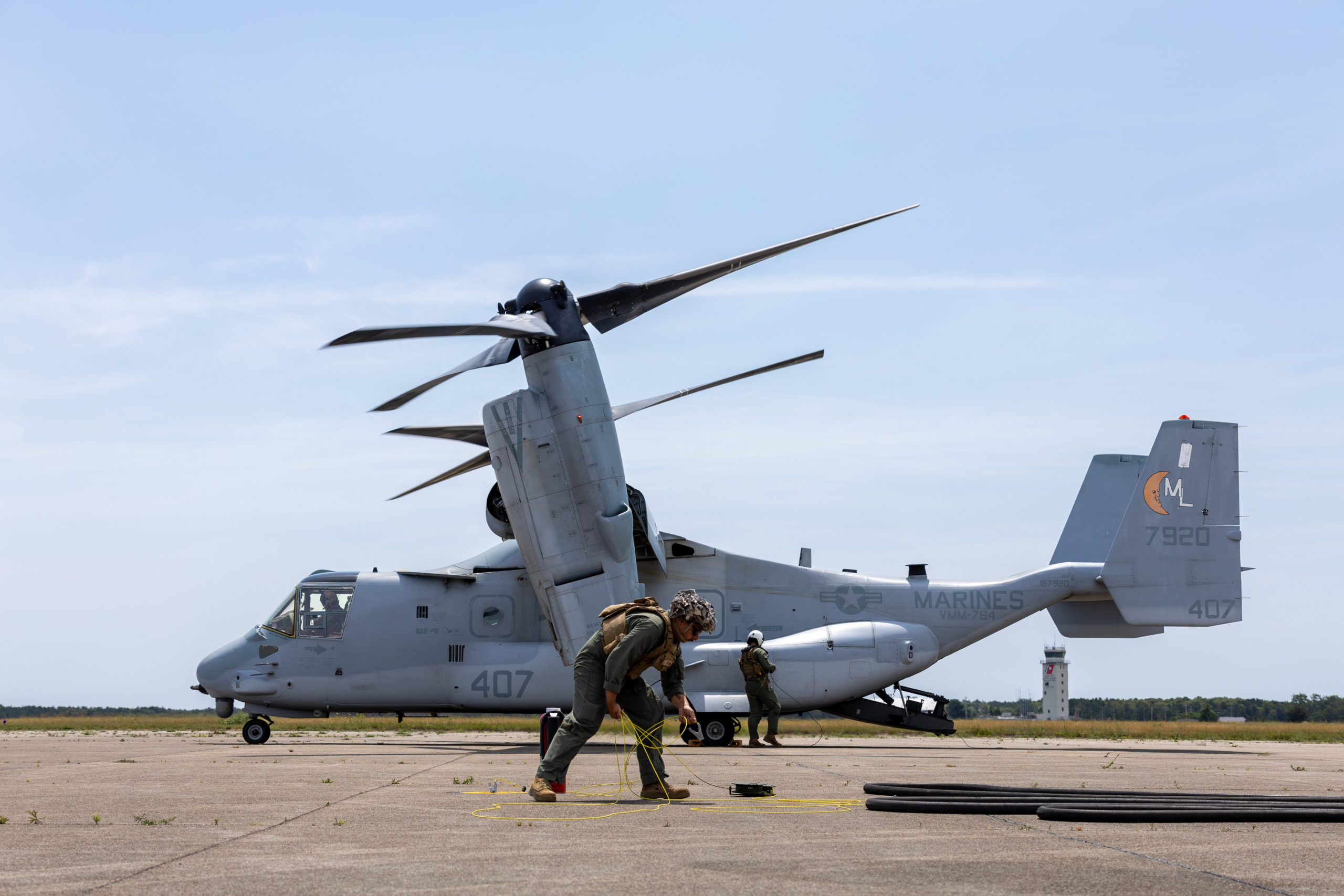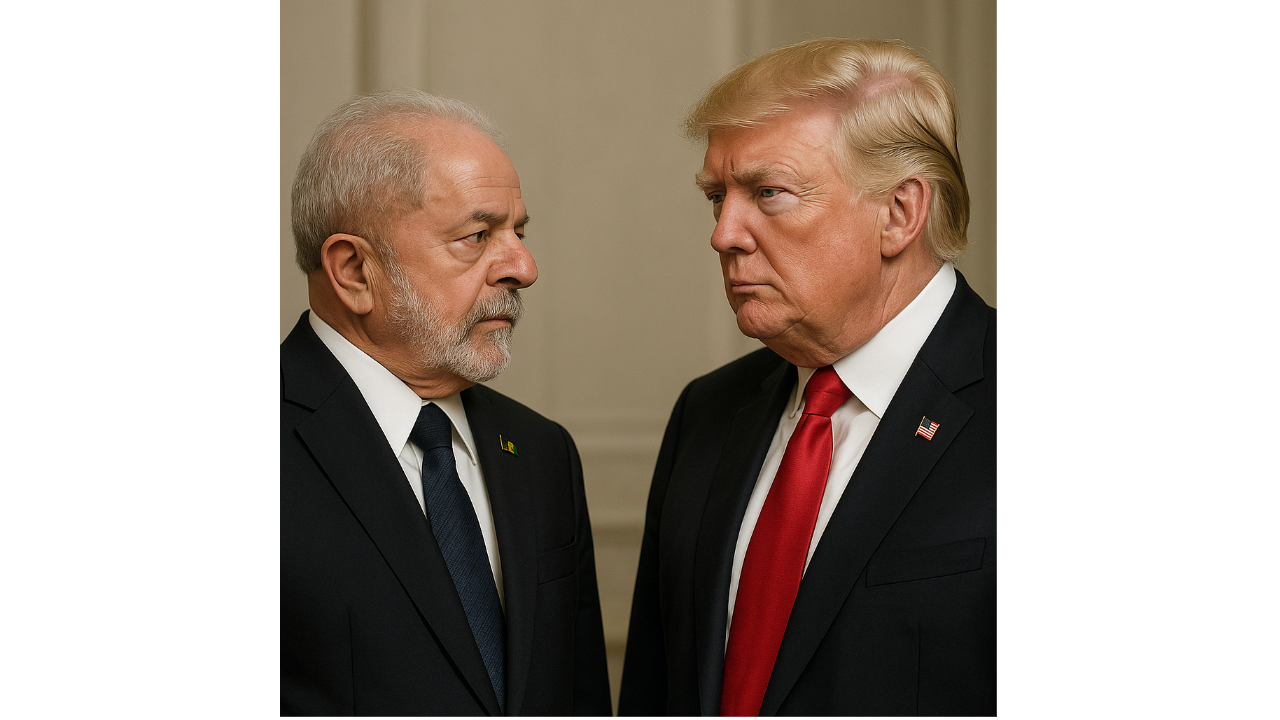By Robbin Laird
Australia stands at a strategic crossroads.
The Pentagon’s last-minute withdrawal from the Indo-Pacific Deterrence Dialogue in Canberra, coupled with the Trump administration’s review of AUKUS and escalating trade tensions, has crystallized a fundamental challenge for Australian strategists: how to maintain essential alliance relationships while building the strategic autonomy necessary to navigate an increasingly complex security environment?
This moment of recalibration reflects what Professor John Blaxland terms a “poly-crisis”or the convergence of major power competition, environmental challenges, governance breakdowns, and technological disruption.
In this context, Australia must build strategic resilience through diversified partnerships while maintaining capacity for independent action, not as an alternative to the U.S. alliance, but as a means of strengthening it.
The Limits of Alliance Dependency
Recent events starkly illustrate the risks of excessive alliance dependency. The Pentagon’s decision to bar officials from the Canberra dialogue, described by ANU’s Rory Medcalf as “disappointing and counterproductive for alliance interests”, occurred precisely when strategic dialogue is most crucial. China has conducted unprecedented naval exercises around Australia, including gunfire drills under the Sydney-Auckland flight path, marking a significant escalation in regional tensions.
Paul Dibb’s assessment is particularly sobering: Australia has become “the only ally that always says ‘Yes'” to U.S. requests for forward defense operations outside its region of primary strategic concern. This reflexive compliance has created unhealthy dependency dynamics that serve neither country’s interests. More troubling, it has masked a fundamental reality about Australian defense capabilities.
The Australian Defense Force remains what Dibb describes as “essentially a peacetime force capable of handling only low-level contingencies for a limited time.” Despite decades of alliance cooperation, Australia could sustain only “a couple of battalions, two submarines and a continuous combat air patrol” for short periods. The ADF is no larger than it was 40 years ago, when planners assumed Australia would face no direct military attack without significant warning.
Strategic Self-Reliance Within Alliance Frameworks
The solution lies not in abandoning the U.S. alliance but in what might be termed “strategic self-reliance within alliance frameworks.” Dibb’s central guideline captures this balance: demonstrate to Washington that “short of a large attack on Australia by a major power, we would be able to defend ourselves.”
This approach serves multiple strategic purposes.
It reduces abandonment risks by making Australia a more capable partner, mitigates entrapment risks by maintaining independent options, and contributes to regional stability by creating multiple resilience nodes rather than single points of failure. The 1999 East Timor intervention exemplified this principle when President Clinton made clear that Australia must lead regional operations in its primary area of concern.
Australia’s unique geographic challenges demand this self-reliant approach. Responsible for 10 percent of Earth’s surface through territorial and maritime claims, Australia faces strategic vulnerabilities that no ally can fully address.
Northern military bases have long been inadequately supplied even lacking basic aviation fuel while potential forward positions like Cocos (Keeling) Islands remain underdeveloped despite their strategic value for operations around key maritime chokepoints.
The Japan Partnership
The recent selection of Japan’s upgraded Mogami-class frigates illustrates effective “spoke-to-spoke” collaboration that transcends traditional hub-and-spokes architecture. These ships represent more than a procurement decision; they embody a strategic partnership model that enhances both nations’ capabilities while creating mutual dependencies that strengthen rather than constrain autonomy.
The upgraded Mogami offers significant advantages over alternatives. With 6,200 tonnes displacement and 32 vertical launch system cells, quadruple the eight cells on current Anzac-class frigates, these ships provide substantially enhanced firepower. Their 90-person crews, enabled by extensive automation, address Australia’s personnel recruitment challenges while their 40-year design life offers long-term value. Most importantly, their advanced combat management systems and 360-degree augmented reality walls represent cutting-edge technology sharing between democracies.
Beyond technical capabilities, the Japan partnership addresses broader strategic imperatives. Japan’s defense industrial base, democratic values, and geographic position create natural strategic convergence. Both nations face similar challenges balancing great power competition while maintaining alliance relationships. Japan’s location in the first island chain, stretching from northern Japan to Indonesia, aligns with Australia’s interest in preventing Chinese control over critical sea lanes.
The partnership extends beyond naval platforms. Hanwha’s defense manufacturing presence in Geelong reflects broader defense industrial cooperation that reduces single-supplier dependencies while creating economic benefits. This approach demonstrates how strategic partnerships can generate mutual advantages that pure alliance relationships cannot achieve.
Building Resilient Partnership Networks
Australia’s strategic approach extends beyond bilateral relationships to multilateral frameworks designed to address complex security challenges requiring networked responses. The Quad partnership with India, Japan, and the United States focuses on maritime security and democratic values. AUKUS enables advanced technology sharing for submarine capabilities. The Five Power Defence Arrangements provide regional security cooperation with Malaysia, New Zealand, Singapore, and the United Kingdom.
Singapore exemplifies successful partnership building. Australia’s relationship with Singapore “rivals the intimacy of the Australia-New Zealand relationship,” built on mutual trust through recognized educational and professional standards, overlapping interests in ASEAN-related mechanisms, and shared commitment to open trade and regional stability. The Singapore-Australia Free Trade Agreement demonstrates how economic, and security cooperation can reinforce each other.
These partnerships serve different functions but collectively create strategic depth that bilateral alliances alone cannot provide. They enable Australia to influence regional dynamics while avoiding the binary choice between China and the United States that has trapped some nations in unsustainable positions.
Managing the China Challenge
China’s extraordinary rise presents Australia’s most complex strategic challenge. In twenty-five years since WTO accession, China has transformed from peripheral economic actor to central hub of global commerce, emerging as the leading trading partner across Eurasia, Africa, Latin America, and Oceania. This economic dominance, coupled with rapid military expansion and increasingly assertive “wolf warrior diplomacy,” creates what Blaxland describes as a fundamental “duality” for countries like Australia.
At bottom, the challenge is coming to terms with Global China which has its own version of what a global order should look like and it is not one that a democratic society like Australia will like.
The challenge involves both capability and intent assessments. China’s military capabilities have “exploded onto the scene” with hypersonic weapons, extended nuclear ballistic missile forces, and advanced naval platforms. Recent Chinese naval exercises circumnavigating Australia represent unprecedented assertiveness in what Australia considers its strategic approaches. Meanwhile, China’s security partnerships across the South Pacific with Solomon Islands, Kiribati, and Tonga directly challenge Australia’s traditional influence.
Australia’s response needs to acknowledge economic realities while maintaining strategic independence. China imposed an estimated USD 16 billion in punitive tariffs following Australian calls for COVID-19 investigations, demonstrating the reality of economic coercion. Australia’s successful diversification of trade relationships, such as renewing negotiations with the European Union, revitalizing ASEAN ties, and expanding collaboration with India shows how strategic partnerships can provide resilience against such pressure.
The Taiwan question looms particularly large. Chinese control over Taiwan and the first island chain could trigger neutralization of Japan and the Philippines, creating cascading effects across the Indo-Pacific. As Blaxland notes, Taiwan has become “a beacon of liberal democracy for Asia” whose fall could prompt significant U.S. withdrawal from regional engagement.
Practical Capabilities for Strategic Autonomy
Meaningful self-reliance requires concrete military capabilities that partnerships can help provide more efficiently than purely national approaches. Australia’s geographic challenges, vast territory, extensive maritime claims, limited population, demand specific investments guided by threat assessments and alliance cooperation.
Priority capabilities include long-range anti-ship strike missiles exceeding 2,000 kilometers range, essential for denying adversaries freedom of action in Australia’s strategic approaches. The emergence of low-Earth-orbit satellites capable of detecting submarine snorkels through pattern analysis and AI has made diesel-electric submarines vulnerable during long transits, necessitating nuclear propulsion for sustained underwater operations, hence AUKUS’s strategic importance.
Integrated air defense systems capable of protecting critical infrastructure against sophisticated missile threats represent another priority. Given recruiting challenges, investment in autonomous systems, drones, unmanned combat aircraft, and submarines, can extend Australia’s reach while reducing personnel requirements. These systems increasingly operate in “crewed-and-autonomous teaming” arrangements that multiply force effectiveness.
Northern base development remains crucial but incomplete. While improvements support U.S. strategic bomber operations, Australia has not adequately developed South Pacific basing or completed Cocos (Keeling) Islands infrastructure. Enhanced access arrangements with Japan could contribute to Taiwan deterrence while providing Australia forward positioning capabilities.
The Cognitive Domain Challenge
Modern strategic competition extends beyond traditional military domains into what Blaxland calls the “cognitive domain” or the ability to influence operations, disinformation campaigns, and digital propaganda targeting the “wetware” of human minds. This domain is “increasingly targeted by influence operations” that blur lines between collaboration, competition, and conflict.
Democratic societies face vulnerability in this domain where public opinion shapes policy in ways authoritarian systems can exploit. Australia’s 2023 cybersecurity strategy provides a framework for building resilience, but the challenge requires whole-of-society responses that partnerships with like-minded democracies can help coordinate.
The Chinese approach, drawing from Sun Tzu’s preference for “winning without fighting,” emphasizes “gray-zone” operations or activities between peace and war characterized by cyber operations, maritime brinkmanship, psychological operations, and economic coercion. Understanding this requires moving beyond Western analogies like chess toward the Chinese game of Go, which emphasizes encirclement, indirect pressure, and strategic patience.
Alliance Evolution, Not Abandonment
Current U.S.-Australia tensions, while concerning, should be understood as adjustments in global power dynamics rather than fundamental strategic realignment. The appointment of Elbridge Colby as Under Secretary of Defense for Policy suggests continuity in underlying strategic logic despite tactical changes.
Colby’s “Strategy of Denial” argues that while the unipolar moment is passing, the United States must focus resources on preventing Chinese hegemony in Asia which is an objective that aligns with Australian interests. His recognition that the U.S. faces “structural limitations” requiring “hard choices” actually supports Australian arguments for greater self-reliance and burden-sharing.
The challenge lies in managing relationships during uncertainty while building capabilities that strengthen alliance bonds. This requires “strategic patience “in maintaining long-term perspective while adapting to short-term political changes. It also demands clear communication about Australian priorities and mutual alliance benefits, even during policy disagreements.
Historical precedent suggests caution about premature conclusions regarding U.S. strategic direction. The Bush administration’s early China focus was overshadowed by 9/11 and subsequent Middle East conflicts. Current tensions over trade deficits — Australia imports USD 50.6 billion from the US while exporting USD 23.8 billion — reflect broader U.S. economic concerns rather than fundamental strategic shifts.
A Network of Democratic Resilience
Australia’s strategic recalibration reflects broader international system changes requiring new approaches to alliance management and partnership building. The hub-and-spokes era is evolving toward complex networks of cooperation among democracies facing common challenges.
Success requires what Blaxland calls “strategic literacy”or combining historical insight with geopolitical foresight. Australia’s objective should be building resilience and expanding cooperation while acting with principled pragmatism. The partnership with Japan, deeper cooperation with South Korea, strengthened Singapore ties, and continued US alliance all serve this network-building objective.
Rather than choosing between alliance dependence and strategic isolation, Australia is in the process of creating relationships that enhance both security and autonomy. This approach serves not only Australian interests but contributes to regional stability by providing alternatives to pure great power competition.
As middle powers with significant capabilities and shared democratic values, Australia and its partners can influence regional dynamics in ways that great power competition alone cannot achieve. Their success in building resilient partnerships may determine whether the Indo-Pacific becomes a region of conflict or cooperation.
The path forward requires sustained commitment to capability building and partnership development, strategic thinking that transcends traditional alliance categories while maintaining democratic values, and recognition that in an interconnected world, true security comes from networks of mutual support among nations sharing common interests and values.
Australia’s strategic recalibration represents not retreat from alliance commitments but their evolution toward more sustainable and effective cooperation.
This is an adaptive approach that may prove essential for preserving the stability and prosperity that democratic partnerships have created and must work together to maintain.
Sources for this Article:
John Blaxland, “Recalibration in the Indo-Pacific: An Australian Perspective,” Korea Policy, Vol 3. Issue 1, July 2025.
https://keia.org/publication/recalibration-in-the-indo-pacific-an-australian-perspective/
Colin Clark, “Why it matters that DoD quit on a defense forum in Australia, Breaking Defense.
https://breakingdefense.com/2025/08/why-it-matters-that-dod-quit-on-a-defense-forum-in-australia/
Paul Dibb, “Our US alliance is essential — yet we must also be more self-reliant, ASPI Strategist, 2 August 2025.
https://www.aspistrategist.org.au/our-us-alliance-is-essential-yet-we-must-also-be-more-self-reliant/
Malcolm Davis, “Australia chooses big, heavily armed Japanese frigates,” ASPI Strategist, 5 August 2025.
https://www.aspistrategist.org.au/australia-chooses-big-heavily-armed-japanese-frigates/
Beyond Hedging: Democratic Middle Powers and the Crisis of International Order
Beyond Great Power Competition: The Rise of Middle Powers in a Globalized World
Middle Powers in a Changing World: How Australia and Brazil Navigate the China Dynamic


